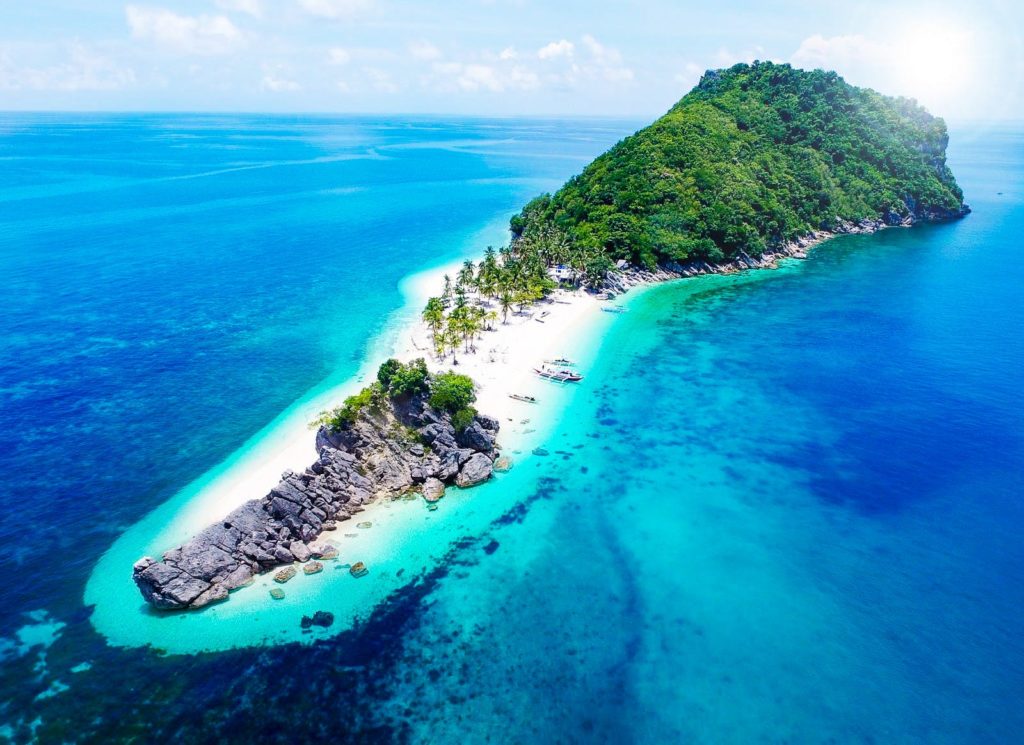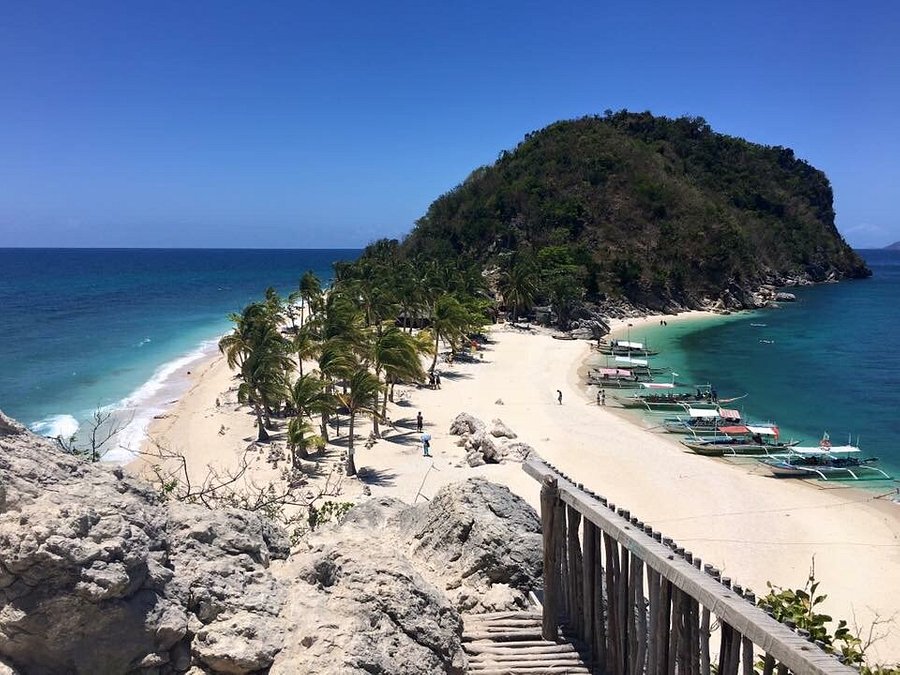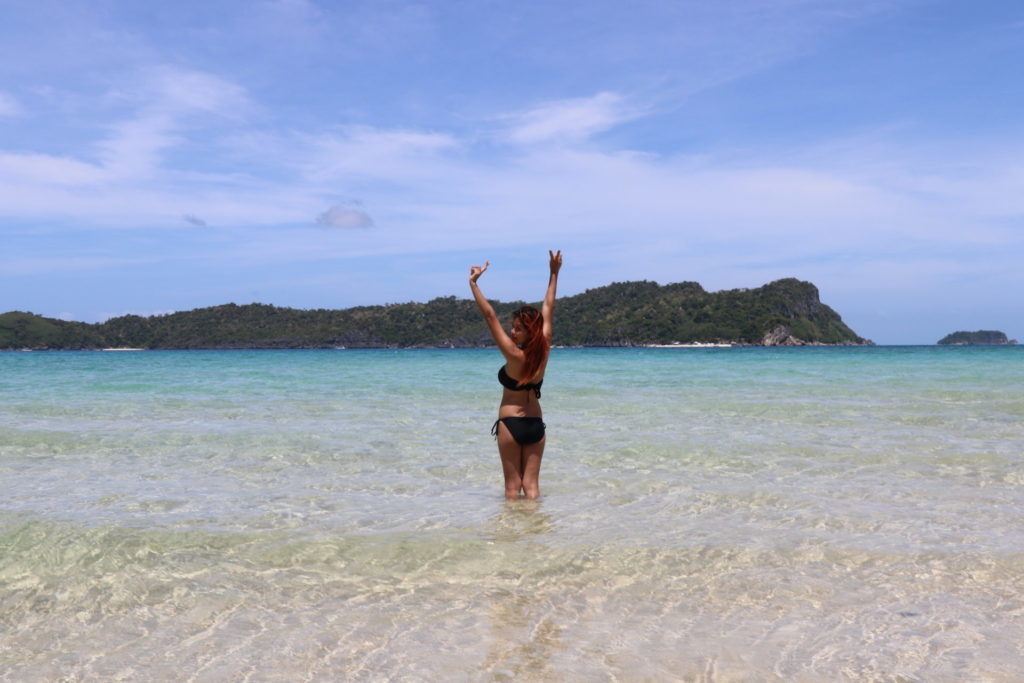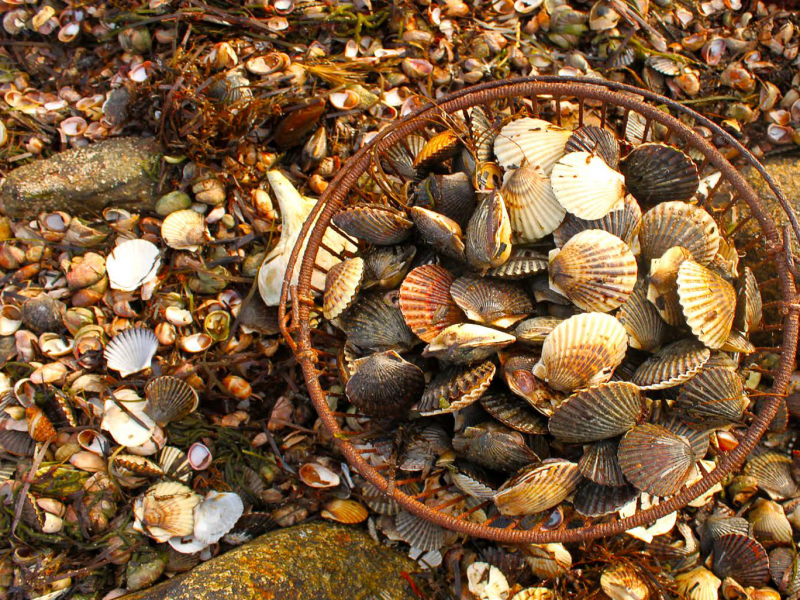
The Gigantes Islands, also called Islas de Gigantes or the islands of giants, is a remote group of islands found off the coast of Carles and Estancia towns in northeastern Iloilo, Philippines. It takes at least 5 hours to arrive from Iloilo City. Those ready to go the “additional mile” can anticipate delighting in stunning seascapes and an easygoing island lifestyle that Gigantes needs to offer. The islands are blessed with pristine white sand beaches, plentiful fresh seafood, and rugged rock developments shrouded by magical tales of residents. Regardless of the boost of tourist arrivals in recent years, Gigantes has actually kept its off-beat beauty and remains fairly underdeveloped compared to Boracay, Bohol, and other mainstream tourist locations in the Philippines.
Further readings: Gigantes travel guide, Gigantes resorts, Gigantes transportation ideas.
Things to Do and Tourist Areas
What are the best things to do in Gigantes? Here’s a few from our list of the best traveler areas and tourist attractions in Gigantes.
Take an island hopping trip– A visit to Gigantes is not complete without taking an island hopping tour to see its magnificent beaches and islands. It takes half a day, at least, to go to the main websites that includes Cabugao Gamay Island, Tangke, Antonia Beach, Bantigue Island, and Pawikan Cavern.

Relax at white sand beaches– Gigantes is blessed with numerous white sand beaches and sandbars. The main islands, Gigantes Norte, and Gigantes Sur, may have their own sandy beaches but the best ones can be found at Antonia, Cabugaw Gamay Island, and Bantigue, which can just be reached by boat from the resorts.
Cabugao Gamay Island

Unwind at white sand beaches – Gigantes is blessed with numerous white sand beaches and sandbars. The primary islands, Gigantes Norte, and Gigantes Sur, may have their own sandy beaches,however the best ones can be found at Antonia, Cabugaw Gamay Island, and Bantigue, which can only be reached by boat from the resorts.
White sand beach and calm waters at Antonia

Explore magical caves – The islands are home to numerous caverns concealed behind steep rock formations and cliffs. Much of these like Pawikan Cavern have spacious caverns that can be easily explored. It is said that the island chain got its name from over-sized caskets discovered at Bakwitan Collapse Gigantes Norte that contained enormous sets of human bones.
Go to the old lighthouse- Ruins of a Spanish-colonial lighthouse found at the northern coast of Gigantes Norte Island. Climbing to the top of the modern lighthouse that stands beside it pays for a breathtaking view of the sea.
Go Rock Scrambling – An extremely steep rocky path in Gigantes Sur leads to the top of the row of limestone cliffs that the locals call as the “Boulevard.” This high viewpoint offers a 360-degree view of Gigantes group of islands and the Visayan sea.
Overlooking view of Cabugao Gamay, Cabugao Dako, and Bantigue Islands from Boulevard View Point in Gigantes Sur
Feast on fresh seafood – You can look forward to cheap and fresh seafood in Gigantes, unofficially known as the scallops capital of the Philippines. The islands are also plentiful in fish, squid, crabs, shrimp among other water delights. Rates of seafood here and in Estancia are more inexpensive than the cities of Iloilo and Roxas, and definitely a lot less expensive than Manila or Boracay.
Bowl of scallops shells sold by a local on the beach

Further readings: All Gigantes resorts, Iloilo Hotels and Resorts.
Transportation
The towns of Carles and Estancia are the main jump-off points, which can be reached by land from all significant transport centers in Panay Island consisting of Iloilo, Roxas City, and Boracay. Aboard land and ferryboat connections, travel time to Gigantes (via Carles) takes around 5-6 hours from Iloilo City, 3-4 hours from Roxas City, and 6-7 hours from Boracay/Caticlan.
Bancal Port in the town of Carles is the most practical jump off point and fastest way to get to Gigantes Islands. Passenger boats from both Carles and Estancia run once daily leaving around noontime to Gigantes. Additionally, travelers can likewise charter a boat to get to and around Gigantes from either seaport.
To take a trip in between islands in Gigantes, you require to charter a boat given that there are no options for commuting. The larger islands, Gigantes Norte and Gigantes Sur, have narrow inland roads connecting various towns on the island.
Further readings: How to get to & around Gigantes.
Typical Expenses
Accommodation expenses – Fan homes start at P200 per person per night. Aircon cottages begin at P1,500 for homes that can fit 2 to 4 individuals.
Transport costs
Iloilo City to Estancia – Bus fare is P170 to 180 per person, while the van fare is P150.
Estancia Bus Terminal to Estancia Port – Tricycle fare is P10 per person.
Estancia to Gigantes – The fare on the commuter pumpboat to Gigantes Norte is P80 per person. The cost of the chartered roundtrip transfer to Gigantes plus an entire island hopping trip is around P5,000 per boat.
Within Gigantes Norte or Sur – Motorycle taxi expenses P10 per person per way
Activities and Trip expenses
Island Hopping – Chartering a pumpboat for a whole-day island hopping trip around Gigantes (consisting of a guide) costs P1,500 to P2,000 for up to 10 people. The guide costs an extra P500.
Cabugaw Gamay Island – P20 entrance cost per person
Antonia Beach – P20 entryway charge per person
Tangke
Gigantes Norte Lighthouse – P60 per person for the roundtrip bike taxi transfer.
Bakwitan Cavern Trip – P500 for the cave guide and P200 for the roundtrip motorbike taxi transfer.
Schedule and Budget
When taking the commuter pumpboat to Gigantes, spending a minimum of 3 days and two nights is recommended because the boat arrives in the island late in the afternoon and leave early morning the next day. If you are employing your own chartered pumpboat, it is possible to visit Gigantes on an overnight trip from Iloilo City.
Travelers can also invest the night at the town proper of Carles or Estancia, where there are more options for beach resorts and hotels, and then charter a boat to check out the islands of Gigantes. When taking this alternative, it’s better to stay at mainland Carles because it is much nearer to Gigantes than Estancia.
3 days and 2 nights Itinerary
Test 3D2N Gigantes schedule for diy (DIY) budget tourists. The estimated spending plan is around P2, 500 to P3,000 per person for a group of 4 people taking a trip from Iloilo by van, staying at a fan space in Gigantes Norte, and doing all of the activities discussed listed below. This price quote includes the roundtrip transportation commute from Iloilo City, meals in Estancia/ Gigantes, and the island hopping charter plus entrance costs.
Day 1
0800 – 1100Iloilo City to Estancia Port through bus/van
1100 – 1400ETA Estancia; Lunch at Estancia Town Center; Buy Provisions
1400 – 1600Estancia Port to Gigantes Norte via commuter pumpboat
1600 – 1700ETA Gigantes Norte; Resort Check-in
1700 – 1800Gigantes Norte Lighthouse trip
Day 2
0700 to 1700Gigantes Island Hopping Tour
Day 3
0600 – 0900Resort Check-out
0900 – 1100Gigantes to Estancia through commuter pumpboat
1100 – 1230ETA Estancia Port; Lunch at Estancia Town Center
1230 – 1530Estancia to Tagbak Terminal via bus/van
1530ETA Tagbak Terminal, Iloilo City
Get Oriented
Buy food (at least for the very first day), water, and other necessities in Estancia since the islands are restricted to sari-sari type stores only. On your 2nd day, you might buy fresh seafood in the islands but make sure to go to the selling area morning considering that the locals usually send the majority of their catch to the mainland. You may also organize this with your resort.
Make sure to have sufficient drinking water for the whole period of your stay. There is potable spring water in Gigantes Sur if your stomach is up for it.
Electrical power only runs at arranged hours of the day/night. Electrical energy is switched on late in the afternoon till 11pm and after that changed to a power generator, depending on the resort.
The Gigantes group of Islands is likewise widely called Islas de Gigantes, which suggests “Islands of Giants” in Spanish. Its two most populated and biggest islands by land area are Isla de Gigantes Norte (North Gigantes Island) and Isla de Gigantes Sur (South Gigantes Island).
Facebook Comments
